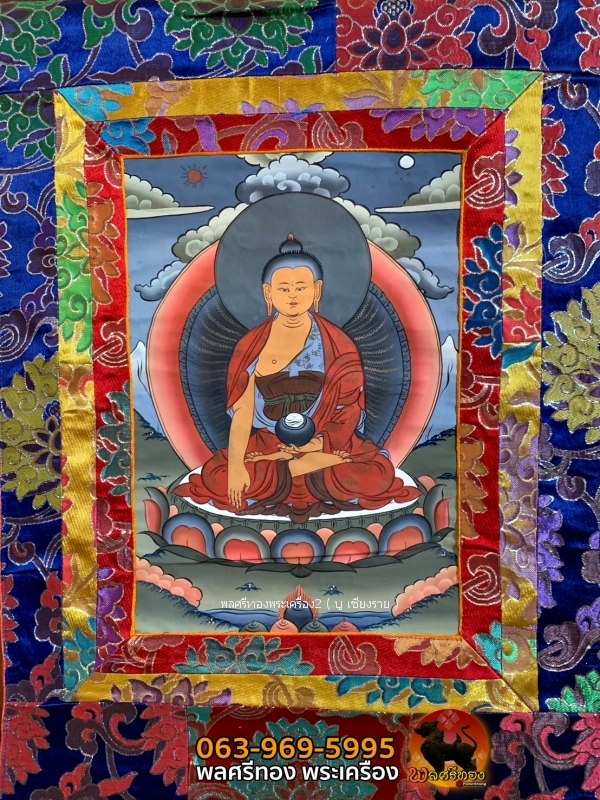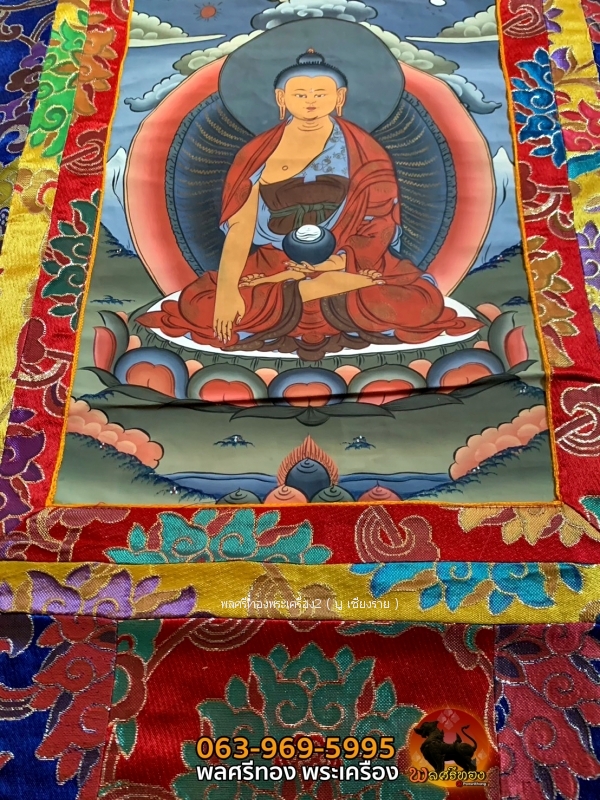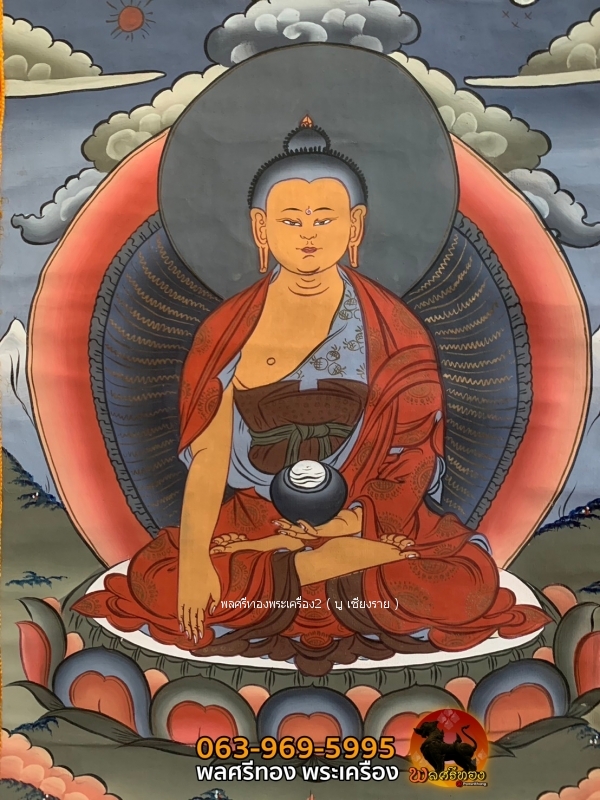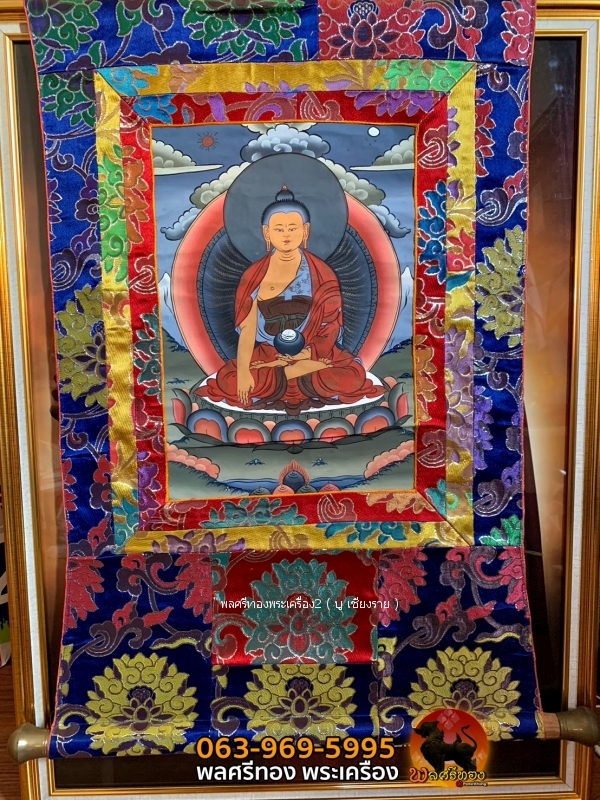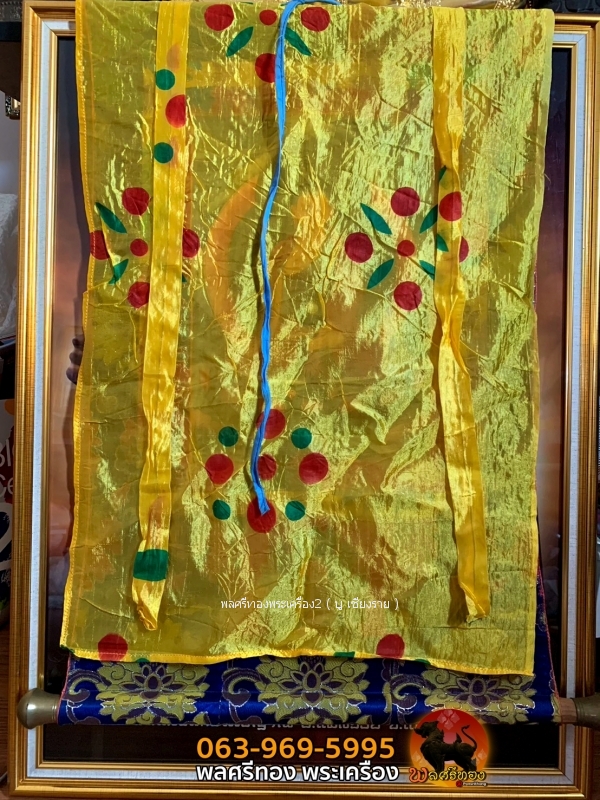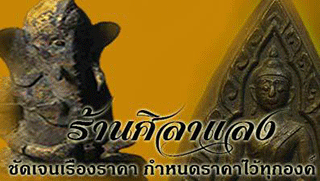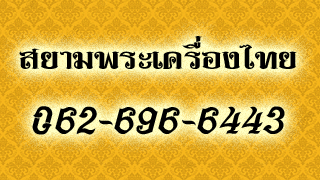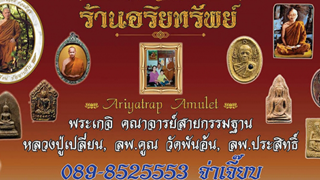ศิลปะภาพวาดจิตร...
ศิลปะภาพวาดจิตรกรรมธรรมากาลพระศากยมุนี(วาดด้วยมือทั้งหมด) ดอกไม้ถักด้วยผ้าใหมแบบดั้งเดิม ศิลปะทิเบต
Thangka of Shakyamuni Buddha
(Silk brocade 45x80cm, Paint. 23x30cm) - Art of Tibet
งานศิลปะที่ศักดิ์สิทธิ์และเป็นที่เคารพ
- แสดงให้เห็นถึงพระพุทธเจ้าในประวัติศาสตร์ สิทธัตถะโคตมะ (พระศากยมุนี) เป็นจิตรกรรมแบบทิเบตพุทธศาสนาแบบดั้งเดิม
ชาวพุทธใช้เป็นเครื่องมือช่วยการทำสมาธิ การไตร่ตรอง และการปฏิบัติทางจิตวิญญาณ
ภาพวาดมีหลายประเภทและขนาด ที่สำคัญที่สุดคือทังกาซึ่งเป็นคำกว้างๆ สำหรับภาพวาดพกพาบนผ้าหรือกระดาษที่สามารถม้วนเก็บได้ ภาพวาดขนาดใหญ่อาจเรียกว่า "แบนเนอร์" ส่วนภาพวาดขนาดใหญ่จริงๆ ที่จัดแสดงบนผนังทังกาในงานเทศกาลส่วนใหญ่มักทำจาก ผ้า แอพพลิเกโดยมีภาพวาดเพียงเล็กน้อย
ทังกาที่ค่อนข้างเล็กซึ่งมีความสูงมากกว่าความกว้างมากก็อาจเรียกว่าแบนเนอร์ได้
เทคนิคการวาดภาพทั่วไปคือการใช้สีฝุ่นบนผ้าฝ้าย เนื้อดี แต่สามารถใช้ผ้าชนิดอื่นได้ การวาดภาพทับบนภาพวาดใต้ภาพ สีสันเดิมสดใสแม้ว่าภาพวาดเก่าๆ หลายภาพจะซีดจางลง ภาพวาดส่วนใหญ่และทั้งหมดก่อนศตวรรษที่ 16 จะเป็นภาพสี่เหลี่ยมจัตุรัสหรือเป็นภาพเหมือนแนวตั้ง และส่วนใหญ่มีความสูงไม่เกินหนึ่งเมตร นอกจากนี้ยังมีภาพบนผ้าทอไหม ที่ใช้เทคนิคเกซี ของจีน ธังกาที่เก่าแก่ที่สุดที่ยังหลงเหลืออยู่คือภาพบางส่วนจากถ้ำที่ถูกปิดกั้นใกล้เมืองตุนหวงซึ่งมีอายุย้อนไปถึงช่วงที่ชาวทิเบตเข้ายึดครองที่นั่นในศตวรรษที่ 10
THE HISTORICAL BUDDHA SHAKYAMUNI
Of the three, four or six objects of refuge in Tibetan Buddhism,
all traditions first take refuge in Buddha, Dharma and Sangha, the Three Jewels. The term Buddha actually refers more to what Buddha represents than to him as a person: the realization of the true nature of mind, the awakened state one wants to reach.
Buddha was born around 2560 years ago in Lumbini, in today’s Nepal. After a long spiritual search, he recognized the nature of mind while in deep meditation and reached enlightenment. Buddha taught for 45 years in the highly developed Indian culture of his time.
Buddha taught about the true nature of all phenomena in both profound and practical terms. This understanding makes lasting happiness possible. Buddhism does not proclaim dogmas; rather, it encourages critical questioning. Through meditation, intellectual understanding becomes personal experience, and this level of awareness is solidified. The goal of Buddha‘s teachings is the full development of the innate potential of body, speech and mind.
Buddha gave instructions for three different kinds of people. Those who wanted to avoid suffering received instructions on cause and effect (the main teaching in the “School of the Elders,” or Theravada in Pali). Those who also had surplus for others were given the teachings on wisdom and compassion (”Great Way”, skt. Mahayana). Buddha taught the Diamond Way (skt. Vajrayana) to those who had strong confidence in their own and others’ buddha nature. He manifested as forms of energy and light or directly transmitted his enlightened view as a flow of awareness. On this highest level, the aim is the complete development of mind, the spontaneous effortlessness of the Great Seal (skt. Mahamudra).
In Diamond Way Buddhism one learns to experience the world from a rich and self-liberating viewpoint. Applying its methods develops deep inner richness and leads to a nonartificial and unshakeable mind, where all enlightened activity can unfold.
So Buddha showed the path to liberation and enlightenment – the way out of suffering and out of the samsaric existence of death and rebirth.
Liberation is the realization that our bodies, thoughts and feelings are in a state of constant change. Therefore, there is no basis for a real existing ego or “self”. Realizing this, one no longer feels like a target, which is the cause of all suffering. Enlightenment is the second and ultimate step. Here, the clear light of mind radiates through every experience. There is no separation between the one experiencing, the object experienced and the experience itself. In every moment, mind enjoys its self-arisen abilities, and everything becomes spontaneous and effortless.
(Silk brocade 45x80cm, Paint. 23x30cm) - Art of Tibet
งานศิลปะที่ศักดิ์สิทธิ์และเป็นที่เคารพ
- แสดงให้เห็นถึงพระพุทธเจ้าในประวัติศาสตร์ สิทธัตถะโคตมะ (พระศากยมุนี) เป็นจิตรกรรมแบบทิเบตพุทธศาสนาแบบดั้งเดิม
ชาวพุทธใช้เป็นเครื่องมือช่วยการทำสมาธิ การไตร่ตรอง และการปฏิบัติทางจิตวิญญาณ
ภาพวาดมีหลายประเภทและขนาด ที่สำคัญที่สุดคือทังกาซึ่งเป็นคำกว้างๆ สำหรับภาพวาดพกพาบนผ้าหรือกระดาษที่สามารถม้วนเก็บได้ ภาพวาดขนาดใหญ่อาจเรียกว่า "แบนเนอร์" ส่วนภาพวาดขนาดใหญ่จริงๆ ที่จัดแสดงบนผนังทังกาในงานเทศกาลส่วนใหญ่มักทำจาก ผ้า แอพพลิเกโดยมีภาพวาดเพียงเล็กน้อย
ทังกาที่ค่อนข้างเล็กซึ่งมีความสูงมากกว่าความกว้างมากก็อาจเรียกว่าแบนเนอร์ได้
เทคนิคการวาดภาพทั่วไปคือการใช้สีฝุ่นบนผ้าฝ้าย เนื้อดี แต่สามารถใช้ผ้าชนิดอื่นได้ การวาดภาพทับบนภาพวาดใต้ภาพ สีสันเดิมสดใสแม้ว่าภาพวาดเก่าๆ หลายภาพจะซีดจางลง ภาพวาดส่วนใหญ่และทั้งหมดก่อนศตวรรษที่ 16 จะเป็นภาพสี่เหลี่ยมจัตุรัสหรือเป็นภาพเหมือนแนวตั้ง และส่วนใหญ่มีความสูงไม่เกินหนึ่งเมตร นอกจากนี้ยังมีภาพบนผ้าทอไหม ที่ใช้เทคนิคเกซี ของจีน ธังกาที่เก่าแก่ที่สุดที่ยังหลงเหลืออยู่คือภาพบางส่วนจากถ้ำที่ถูกปิดกั้นใกล้เมืองตุนหวงซึ่งมีอายุย้อนไปถึงช่วงที่ชาวทิเบตเข้ายึดครองที่นั่นในศตวรรษที่ 10
THE HISTORICAL BUDDHA SHAKYAMUNI
Of the three, four or six objects of refuge in Tibetan Buddhism,
all traditions first take refuge in Buddha, Dharma and Sangha, the Three Jewels. The term Buddha actually refers more to what Buddha represents than to him as a person: the realization of the true nature of mind, the awakened state one wants to reach.
Buddha was born around 2560 years ago in Lumbini, in today’s Nepal. After a long spiritual search, he recognized the nature of mind while in deep meditation and reached enlightenment. Buddha taught for 45 years in the highly developed Indian culture of his time.
Buddha taught about the true nature of all phenomena in both profound and practical terms. This understanding makes lasting happiness possible. Buddhism does not proclaim dogmas; rather, it encourages critical questioning. Through meditation, intellectual understanding becomes personal experience, and this level of awareness is solidified. The goal of Buddha‘s teachings is the full development of the innate potential of body, speech and mind.
Buddha gave instructions for three different kinds of people. Those who wanted to avoid suffering received instructions on cause and effect (the main teaching in the “School of the Elders,” or Theravada in Pali). Those who also had surplus for others were given the teachings on wisdom and compassion (”Great Way”, skt. Mahayana). Buddha taught the Diamond Way (skt. Vajrayana) to those who had strong confidence in their own and others’ buddha nature. He manifested as forms of energy and light or directly transmitted his enlightened view as a flow of awareness. On this highest level, the aim is the complete development of mind, the spontaneous effortlessness of the Great Seal (skt. Mahamudra).
In Diamond Way Buddhism one learns to experience the world from a rich and self-liberating viewpoint. Applying its methods develops deep inner richness and leads to a nonartificial and unshakeable mind, where all enlightened activity can unfold.
So Buddha showed the path to liberation and enlightenment – the way out of suffering and out of the samsaric existence of death and rebirth.
Liberation is the realization that our bodies, thoughts and feelings are in a state of constant change. Therefore, there is no basis for a real existing ego or “self”. Realizing this, one no longer feels like a target, which is the cause of all suffering. Enlightenment is the second and ultimate step. Here, the clear light of mind radiates through every experience. There is no separation between the one experiencing, the object experienced and the experience itself. In every moment, mind enjoys its self-arisen abilities, and everything becomes spontaneous and effortless.
ผู้เข้าชม
288 ครั้ง
ราคา
โทรถาม
สถานะ
เปิดให้บูชา
โดย
ชื่อร้าน
พลศรีทองพระเครื่อง2 ( บู เชียงราย )
ร้านค้า
โทรศัพท์
ไอดีไลน์
@fsd8020u (มี@)
บัญชีธนาคารยืนยันตัวตน
ยังไม่ส่ง ข้อมูลยืนยันตัวตน
